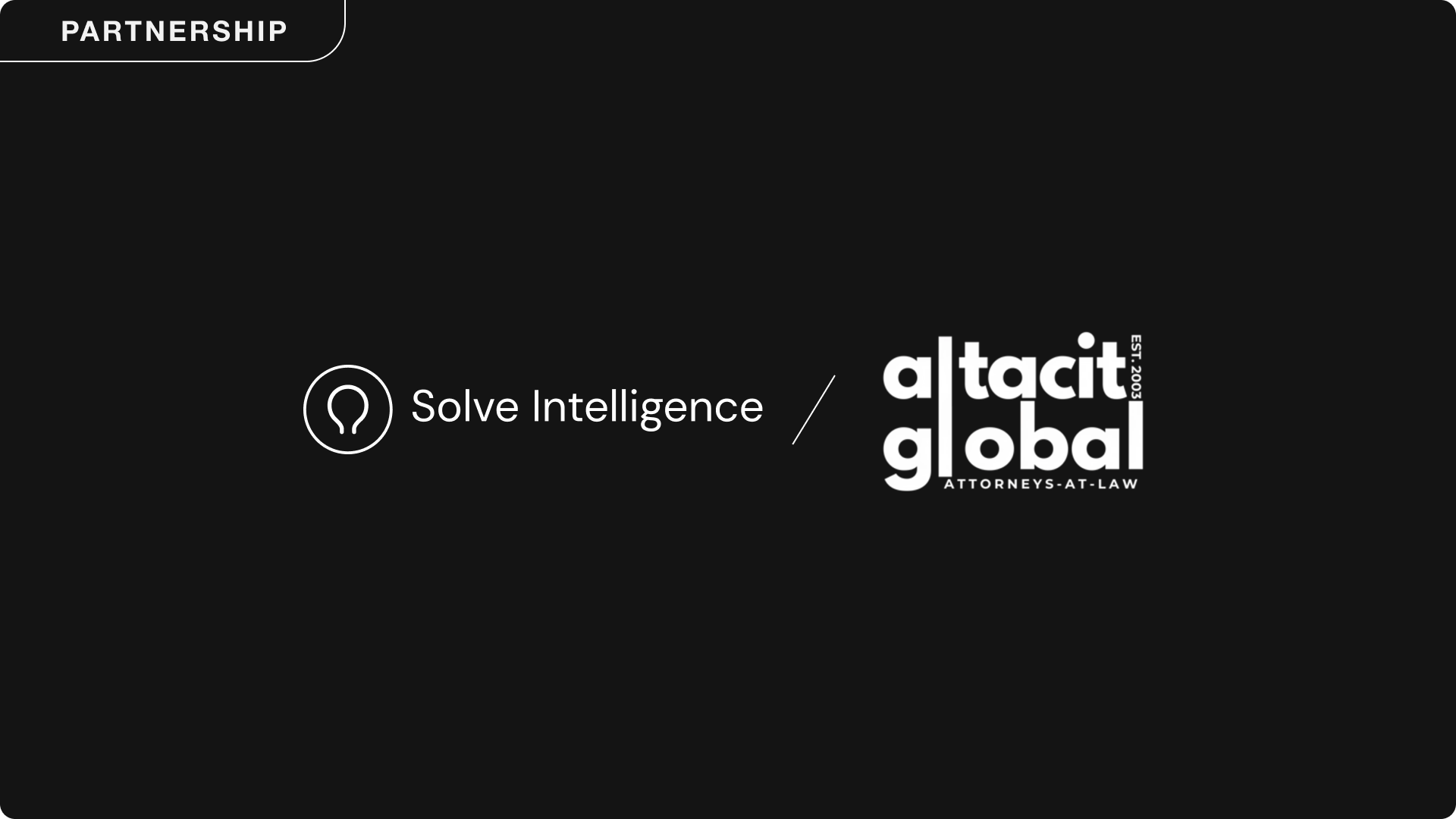AI-Driven Patent Drawing Analysis and Integration
Solve Intelligence's AI-enhanced document editor streamlines patent drafting by automating the integration of technical drawings and reference labels into the specification, offering a precise and efficient approach to patent drafting.

In the intricate process of patent drafting, the precision of technical drawings and figures and their integration into the written specification is paramount. As patent attorneys, the task of meticulously describing, enabling, and defining each element within the patent claims can be a time-intensive endeavor. This is where the innovative AI-powered capabilities of our in-browser document editor at Solve Intelligence come into play, offering a sophisticated solution for patent writing and drawing integration.
Streamlined Patent Figure Integration
Our AI-driven platform addresses a crucial need within the patent drafting workflow—the seamless incorporation of technical drawings and figures into the patent application. By uploading your patent figures with their respective reference labels, our system ensures that every element cited in the claims is automatically described, enabled, and defined in the specification. This feature is not only about optimizing the workflow but also about enhancing the quality of the patent documents produced.
Intelligent Reference Label Management
Reference labels serve as the bridge connecting claims to their visual depictions in patent drawings. The AI feature within our document editor intelligently recognizes these labels and confirms their consistency throughout the document. This verification process is vital for maintaining the integrity of the patent application and facilitating the examination process.
Competitive Edge in Patent Drafting Software
In an industry where software tools like ClaimMaster have set a standard, our AI-driven approach offers a competitive alternative that focuses on efficiency and accuracy. By leveraging our in-browser document editor, patent practitioners can expect a reliable assistant in the drafting process, ensuring that patent figures are not only precise but also perfectly aligned with the textual descriptions.
Conclusion
For patent practitioners looking to enhance their drafting efficiency without compromising on quality, the AI capabilities of our document editor provide a substantial advantage. By automating the integration of patent figures with their descriptions and reference labels, we offer a tool that complements the attorney's expertise with the precision of AI. We invite you to experience the integration of patent drawings and figures with unmatched ease, setting a new standard in patent writing software.
AI for patents.
Be 50%+ more productive. Join thousands of legal professionals around the World using Solve’s Patent Copilot™ for drafting, prosecution, invention harvesting, and more.




.png)